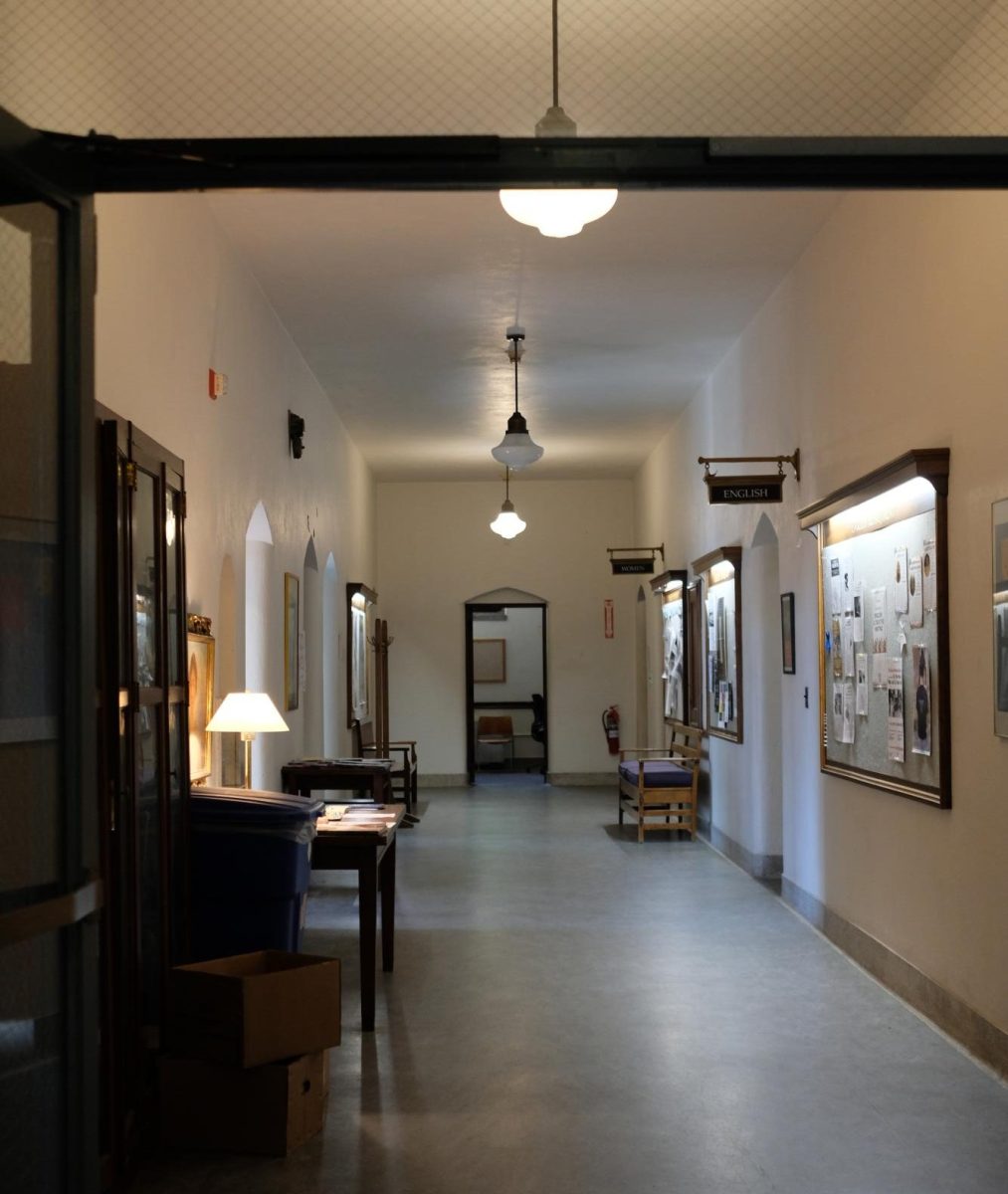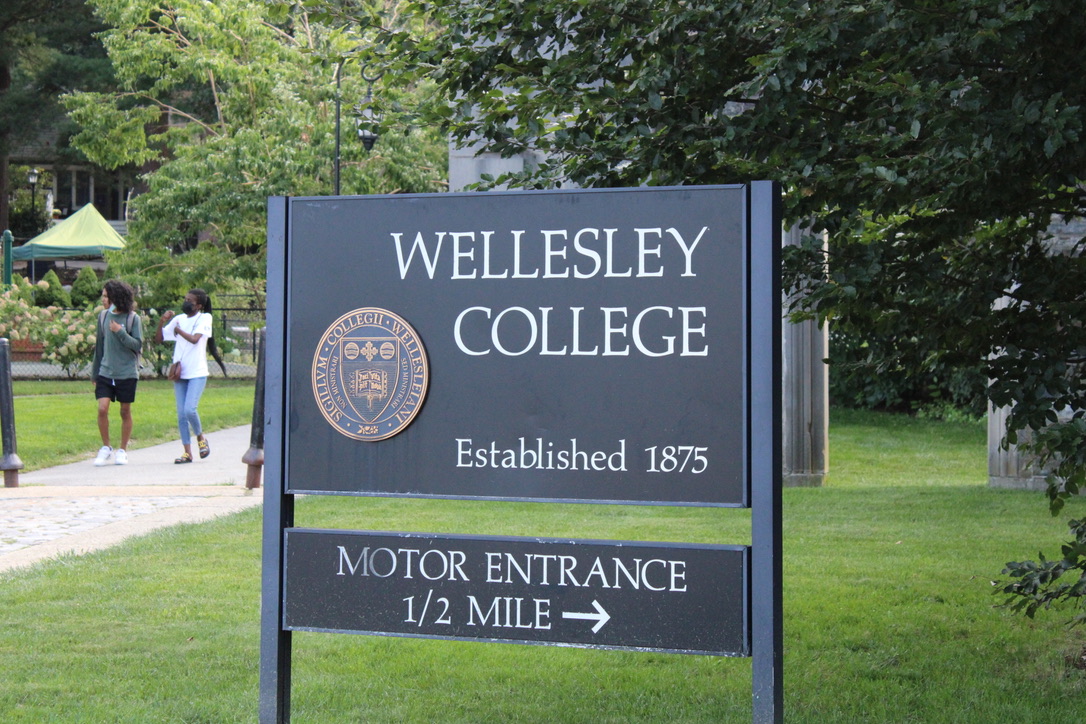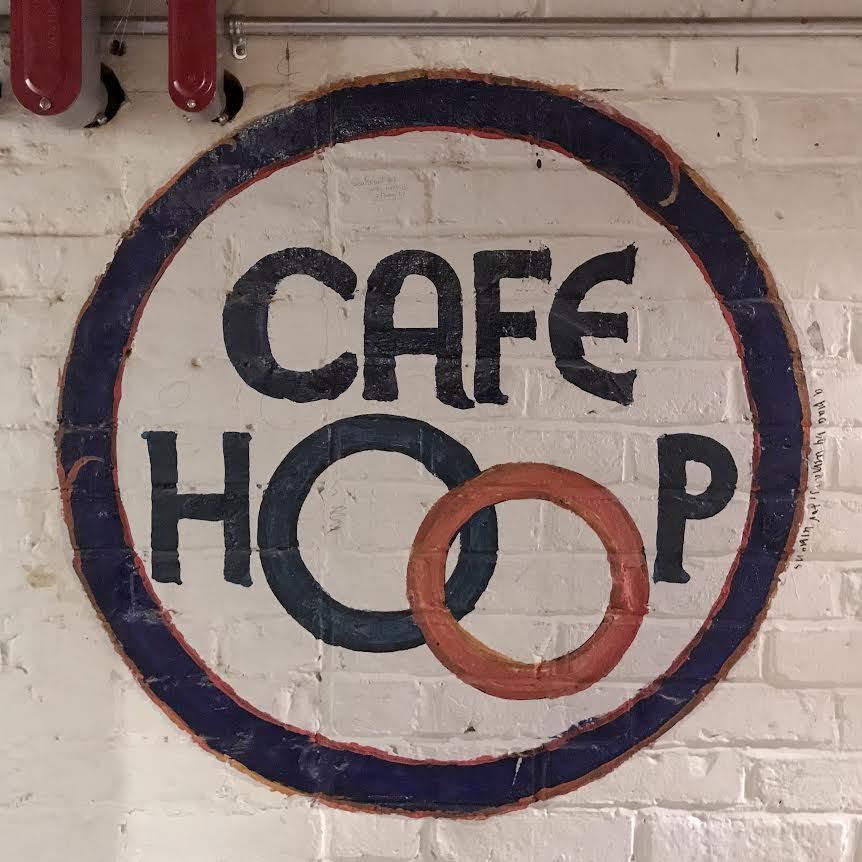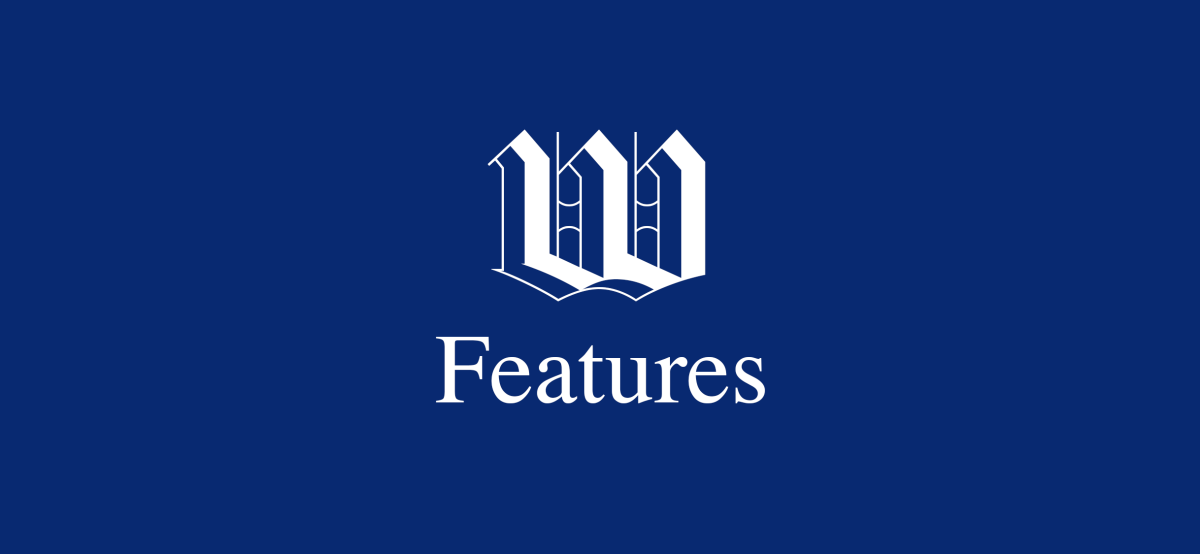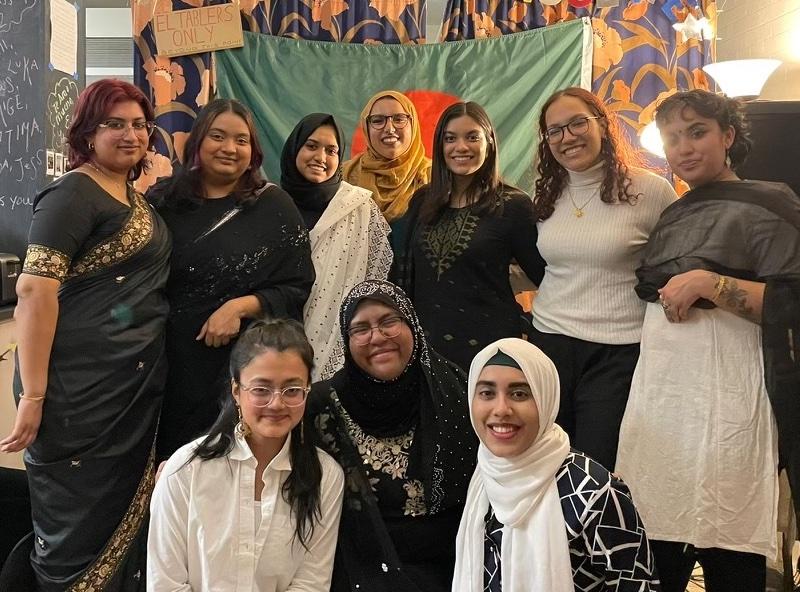Since March 2020, Wellesley students, alongside most of the American workforce, have seen the brutal extent of this pandemic reflected in the sudden limitations of their summer employment options. Throughout the past six months, students have scrambled to find viable employment opportunities amidst the challenges of quarantine, lifestyle restrictions and a revised meaning behind the term “workplace environment.” While some aspects of the ongoing pandemic have resulted in unseen benefits for certain student workers, such as hazard pay and more accessible workplace options, COVID-19 has certainly left its mark, causing unprecedented levels of financial, emotional and physical stress.
According to the US Bureau of Labor Statistics, the unemployment rate spiked to 14.7 percent in April, the highest since the Great Depression. There is no doubt that finding and holding a job has been a difficult task in recent months, particularly for college students, as summer typically signifies a spike in student employees seeking internships and college funds. However, a recent study performed by the Pew Research Center reveals that with COVID hitting the service sector in such a dramatic fashion, the virus harms young workers at a disproportionately negative rate.
Olivia Giandrea ’24 was one of many students in the restaurant industry affected by mass layoffs; all three of her waitressing positions were off the table by the time the school year ended.
However, her hasty job search turned up a unique position at a local technology company popularized recently by its work in the virus testing sector. She worked closely with coworkers in the receiving department, aiding with the production of ID Now Rapid Test Kits. Giandrea’s direct involvement within the medical field saw her working from six in the morning to around 5:30 at night five days a week, which, after she eventually returned to waitressing, meant she easily worked for up to 70 hours a week.
Aviv Shimoni ’21 was able to keep her job working remotely as a social media curator with the Wellesley College Office of Communication. After her internship was cancelled, she was able to secure work for the summer through The Hive by making a WordPress website for a woman who was selling masks and receiving a $600 stipend for her work.
Working between the two project-based jobs had its advantages. Shimoni could work on her own schedule and did not have to commute to work like many rising seniors do, finding accessibility through working from home.
On the other hand, a remote-only workplace had its challenges.
“The difference in communication, especially with someone I’d never met before in person, was challenging because I didn’t know how to act communication wise,” Shimoni said. “I had less of an incentive to be efficient in my productivity because I had never met her.”
SJ Stephens ’23 worked as a community outreach intern with the AIDS Healthcare Foundation (AHF). Their position mainly consisted of getting endorsements for Proposition 21, a ballot initiative pushing for rent and vacancy control in California, alongside working within an intern program. They were presented with unique challenges in how to effectively carry out their fieldwork both remotely and in-person, like “get[ting] endorsements, reach[ing] out to community members to see if they were interested in volunteering and reaching out to talent to create events in support of Prop 21.
“Some of these COVID-friendly adjustments were events like live streams with local artists [and] a protest every week, either in Los Angeles … or somewhere else in California … [with] twenty to thirty people. I would go to a corporate developer’s home, who is evicting tenants during a pandemic, or raising their rent 200 percent during a pandemic … and we [would protest] in front of their home or where they work,” Stephens said.
Stephens, who is a remote student this semester, has now taken on a position with AHF full-time as a volunteer coordinator working with the campaign.
“A typical workday for me is scheduling all my classes between 10:00 to 11:30, taking my classes at work, starting my workday which is mainly emails, spreadsheets and website updating … and I am in meetings at least three to four hours a day. At night, I am doing homework or I am at an event,” they said.
All three of the student workers shared both the untold privilege of holding a job during a pandemic and access to avenues that allowed them to secure reliable work.
“I took a bit of pride in being able to join the forefront of essential workers,” Giandrea said, describing the empowerment she found in the medical sector. While there is some irony in the term ‘essential worker,’ now used to describe anyone from doctors to pizza delivery workers, there was significance for Giandrea in working directly with something that could help the nation combat COVID-19.
However, the emotional hardships of working through a pandemic were equally impactful.
“Then it got kinda stressful… I thought, maybe it’s my fault that I’m not as productive,” Aviv said. The combined stress of juggling two jobs at a time when COVID-19 cases spiked in Massachusetts, where Aviv is from, made it hard for her to concentrate on her work.
Despite the complications brought by COVID this past summer, students found an array of viable opportunities amidst the general stress and confusion surrounding the virus. In many cases, incredible support networks allowed for work to be secured despite the pandemic, and students were grateful to have found the positions they did. Furthermore, the jobs themselves came with various unexpected benefits that attempted to offset the difficulties of working during the “new normal,” and student employees have proven resilient in the face of immense obstacles.
“[Any work] helps [students] decide, ‘okay, this is what I’m going to college for,” said Giandrea. “I want to be in a position where I can be managing people like me instead of being people like me.’”

